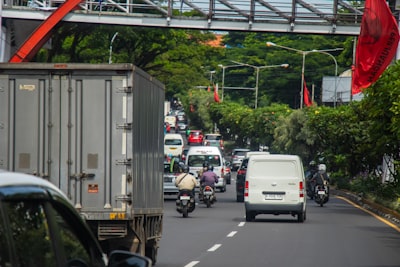The recent revelation of the immense assets owned by North Sumatra’s Head of Public Works and Housing (Kadis PUPR), now a suspect in a road project corruption case, is both a wake-up call and a stark reflection of persistent systemic issues in Indonesia’s public sector.
Unmasking Hidden Fortunes
Official disclosures stemming from investigations have raised public eyebrows: how does a regional civil servant in charge of road and housing projects accumulate such substantial wealth? When pressed, asset profiles often paint a staggering picture inconsistent with official salary scales, fueling suspicion and public outrage.
The Anatomy of a Dilemma
At the heart of the matter lies a dilemma: Indonesia is racing to modernize infrastructure—roads, bridges, and housing—aiming to spur economic growth, unlock logistics, and lift millions out of poverty. Yet, the endemic risk of graft, especially within government procurement, often jeopardizes both quality and timely delivery. Each corruption scandal—such as this latest involving Kadis PUPR Sumut—casts a long shadow, seeding skepticism among citizens and investors alike.
| Pros of Aggressive Infrastructure Spending | Cons of Persisting Corruption Scandals |
|---|---|
| Job creation, economic growth, improved mobility | Budget leaks, reduced quality, lower public trust |
| Regional development, reduced logistics costs | Deterring foreign investment, price inflation |
Why This Case Matters More Than Ever
What is particularly notable in this incident is not just the shocking sum reportedly owned by the official in question, but the broader pattern it highlights: a web of vulnerability in regional government oversight and a mismatch between asset declaration mechanisms and substantive follow-up.
According to Indonesia’s Corruption Eradication Commission (KPK), public infrastructure remains one of the riskiest sectors for illicit enrichment. The Sumut case is far from isolated; recent years have seen officials from Papua to Aceh implicated in similar scandals, with operational loopholes and political patronage forming the perfect storm for corruption.
Broader Implications—And Hope?
Cases like these risk eroding public confidence when Indonesia most needs unity to push through ambitious development targets. Yet, the fierce public reaction and growing calls for greater transparency suggest grounds for optimism: reform momentum is building, civil society watchdogs are vigilant, and digital solutions for procurement and asset tracking are gaining traction.
Ultimately, Indonesia’s infrastructure journey will hinge not just on steel and concrete, but also on the integrity of those entrusted to chart its course. Scrutiny of public officials’ wealth is not mere gossip, but a critical gauge of governance—and a crucial pillar for progress.
This article was inspired by the headline: 'Harta Kekayaan Kadis PUPR Sumut yang Jadi Tersangka Korupsi Proyek Jalan - detikcom'.

Comments
No comments yet. Be the first to comment!